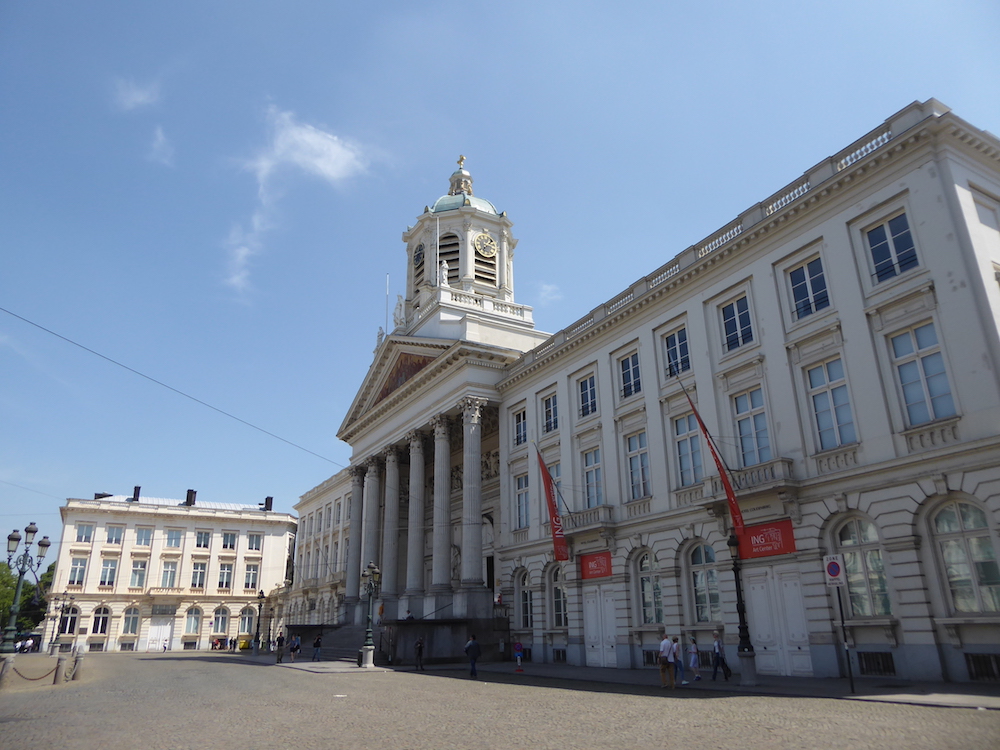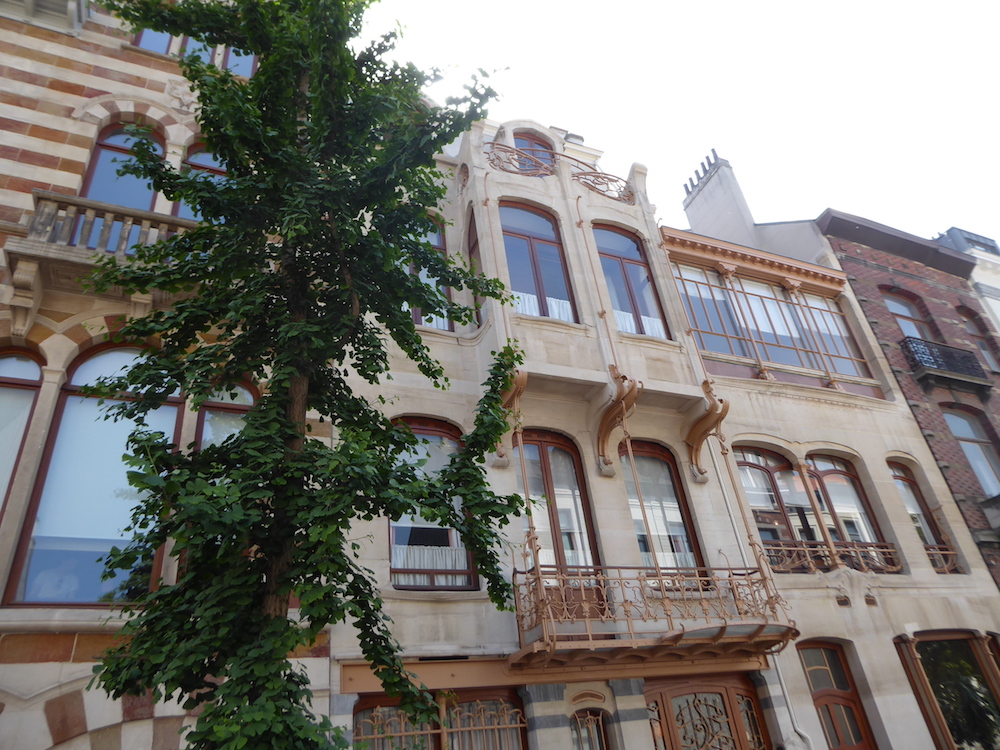The Belgians have a reputation for being just a little bit boring, but I saw precious little proof of it during our city break in Brussels. A jazz festival was in full swing throughout the city and the squares were crowded with music fans, dancers and drinkers. In Place Sainte Catherine we joined them, beer in hand, and listened to a band by the name of God Save The Swing.
The square was just yards from our hotel, the Novotel. A modern building of little architectural merit, it wrapped itself around one of the few remaining towers from the ancient city walls. It’s a district rich in history. The River Senne carved through it until it was entombed, and the city’s fish market once buzzed with traders on what are now land-locked quays. The area is still famous for its seafood restaurants.

That Friday evening, our first in the city, saw us enduring the difficult task of testing the ales for which the Belgians are rightly famous. Many are worryingly strong, including the 7% St Catherine’s Divine Pale Ale that’s brewed with the help of local priest and beer enthusiast Father Jérémie. Now I’m not in the slightest bit religious but his beer is a blinder and I’d happily get down on my knees to pray to the good lord if they send me a free barrel for mentioning it here. The church that gives the square and the beer it’s name is also famous for having a pissoir against one of its walls, and I just hope the two aren’t connected…

The jazz carried on late into the night and very good it was too, so I went to bed feeling good about Brussels and somewhat surprised that it had taken me 54 years to get around to visiting. It is, after all, little more than an hour’s flight from Heathrow and, as we discovered, full of charm. It doesn’t feel too big, like London, and it has a wonderful collection of buildings, some imperial, some Flemish, some Baroque and, best of all, many from the art nouveau period. There are too many examples of bland post-war blocks, some of which are now coming down, and disappointingly few examples of great modern architecture.

The Grand Place is on every visitor’s itinerary and an absolute masterpiece, easily justifying its claim to be one of the world’s greatest public squares. A UNESCO World Heritage Site, it’s home to the gothic City Hall that dates in part from the 15th century and has a sky-scraping spire that reminded me of Munich’s city hall. The elegant, extravagantly gilded guild houses are mostly late 17th century as the originals were destroyed during a bombardment of the city by French troops in 1695. From the look of it, the guilds and their ego-centric masters sought to out-do each other with their HQs and the result is a compelling mix of the Baroque and Louis XIV. As with much of central Brussels, the square is pedestrianised and a treat to explore as a tourist. Neighbouring streets and alleys are full of character architecturally but sadly home to too many third-rate bars (full of drunks) and souvenir shops (full of crap). Brussels has plenty of neoclassical buildings too, a reflection of Belgium’s desire to be seen as one of the world’s great powers back in those heady Victorian days when statesmen tried to paint the world in their image.

We walked towards the royal quarter, through more impressive squares, past the modern National Library to the Old England Building. This is one of the city’s finest examples of art nouveau, with twirling metalwork, arched windows and a black facade. It was a department store following its construction in 1899 but is now a museum of musical instruments – not a subject that persuaded us to divert into its elegant interior. Instead we plumped for the nearby Musee Fin-de-Siecle, which showcases the work of artists and designers from the late 1860s to the outbreak of the First World War. And I was surprised by how much I liked the paintings, sculpture, architecture and furniture on display.

A long trek south through yet more characterful streets in the sweaty heat took us to another art nouveau wonder, the home and studio of architect and designer Victor Horta. Any hopes I had that it would be nicely air conditioned were swiftly dashed so we tramped around while I looked like someone had emptied a bucket of water over my head. Horta, who hopefully didn’t suffer as much as me from excessive perspiration, was born in Ghent in 1861 and responsible for numerous buildings in Brussels and beyond, many of which have been flattened despite being great examples of art nouveau. The greatest loss must be his House of the People, built for the Workers’ Party in Brussels and boasting a conference centre and conference hall, offices and meeting rooms. Its demolition was met with outrage around the world, and rightly so. His own house is a startling example of art nouveau, with swirling stained glass, an extravagantly tiled dining room and elegantly carved wooden furniture.

After a quick stop at a Portugese cafe and a diversion through streets that resounded to a lively cyclists’ protest against the tyranny of the motor vehicle, we drank beer and dozed, gearing ourselves up for a Saturday night on the town. At Place Sainte Catherine the jazz continued and just around the corner a Saturday food market provided an alternative soundtrack of addictive house. We dined in the excellent and popular Bij Den Boer restaurant in the old fish market, where the sole meunière was delicious and the beer most welcome.
That evening we wandered through the city centre, seeking out the gay bars. With so much of Brussels’ heart pedestrianised, the crowds spilled out of pubs and restaurants into the streets and the atmosphere was great – another sign that Belgium is most certainly not dull. Clearly both locals and visitors hadn’t been put off by the terrorist attacks of 2016 that brought so much tragedy to the city. The crowds were even thicker in the gay district, centred on the traffic-free Rue du Marche au Chabron, and we joined them for a few hours of good-humoured boozing. La Belgica, Dolores and Station BXL were just some of the bars throbbing with life and music, folk on the pull, bears, twinks and couples. Perhaps surprisingly I’d discovered that Brussels has one of the liveliest gay quarters in Europe…

